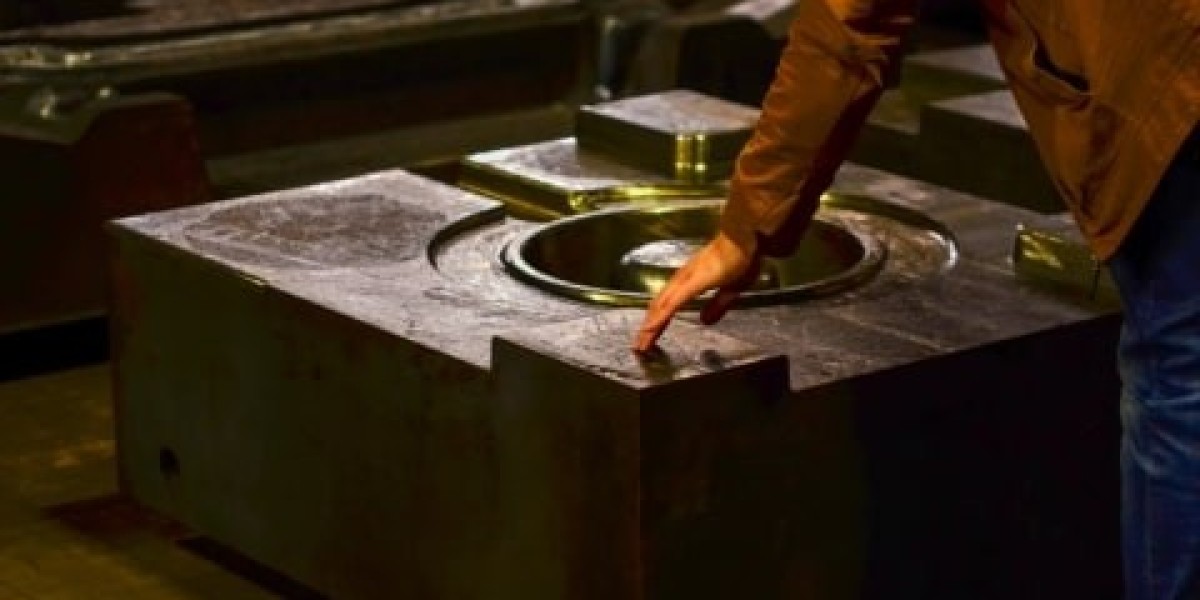Precision casting, also known as investment casting or lost-wax casting, is a meticulous process used to create complex metal parts with exceptional accuracy and surface finish. Whether you're a seasoned professional or a novice looking to delve into this fascinating craft, mastering Precision casting requires attention to detail, patience, and a thorough understanding of the process. In this guide, we'll take you through each step of Precision casting, from pattern creation to finishing, providing insights and tips to help you achieve perfection in your castings.
Pattern Creation: The process begins with the creation of a pattern, which is an exact replica of the desired final part. Patterns can be made from various materials such as wood, plastic, or metal. Ensure that your pattern is dimensionally accurate and includes allowances for shrinkage and machining.
Mold Making: Once the pattern is ready, it is used to create a mold. The mold is made by surrounding the pattern with a refractory material, such as plaster or ceramic, in a process known as investment. Pay careful attention to the mold-making process to ensure that it captures all the intricate details of the pattern.
Wax Injection: After the mold has been created, it is heated to remove the pattern, leaving behind a cavity in the shape of the desired part. Molten wax is then injected into the cavity to create a wax replica of the part, known as a wax pattern. Take care during the wax injection process to prevent air bubbles or other defects from forming in the wax pattern.
Assembly: Multiple wax patterns may be assembled onto a central wax runner system to create a cluster, or tree, of patterns. This allows for efficient casting of multiple parts in a single mold.
Shell Building: The wax patterns or clusters are then coated with multiple layers of ceramic slurry to build up a ceramic shell around them. Each layer is dried before the next one is applied, creating a strong and durable shell that will withstand the rigors of the casting process.
Burnout: Once the ceramic shell is complete, the assembly is placed in a furnace and heated to a high temperature to burn out the wax, leaving behind a hollow cavity within the ceramic shell.
Casting: The ceramic shell is preheated in the furnace to prepare it for the casting process. Molten metal is then poured into the hollow cavity, filling it completely and taking the shape of the original wax pattern. Carefully control the pouring process to ensure that the metal fills the cavity evenly and completely.
Cooling and Solidification: Allow the molten metal to cool and solidify within the ceramic shell. The cooling rate and solidification process can affect the final properties of the casting, so monitor these factors closely to achieve the desired results.
Shell Removal: Once the metal has cooled, the ceramic shell is broken away to reveal the cast metal part underneath. Take care during this process to avoid damaging the casting.
Finishing: The casting may require additional finishing operations, such as grinding, machining, or polishing, to remove any remaining ceramic material and achieve the desired surface finish and dimensional accuracy.
By following these steps and paying careful attention to each stage of the process, you can master the art of Precision casting and create high-quality metal parts with precision and accuracy. Remember to experiment, learn from your mistakes, and continuously refine your techniques to achieve ever greater levels of perfection in your castings.


